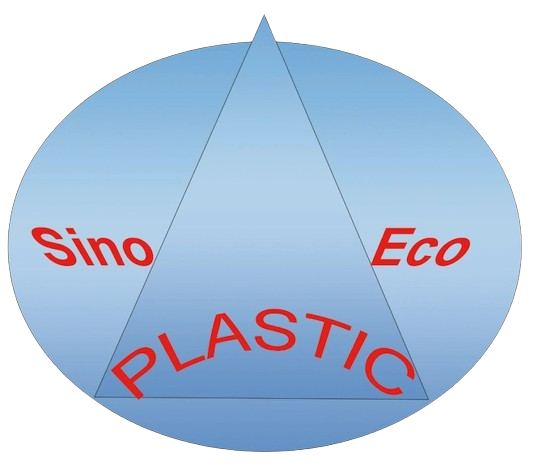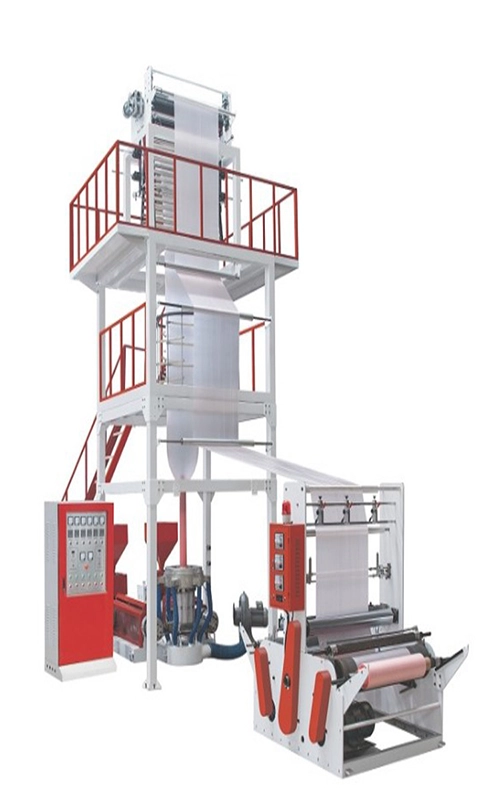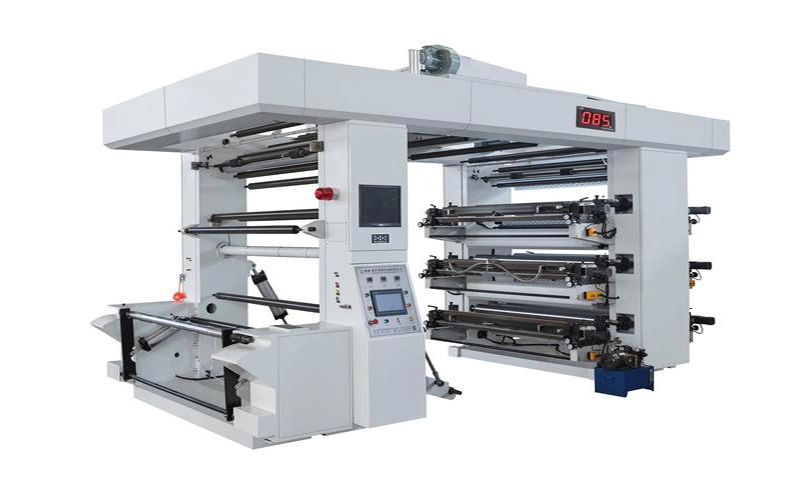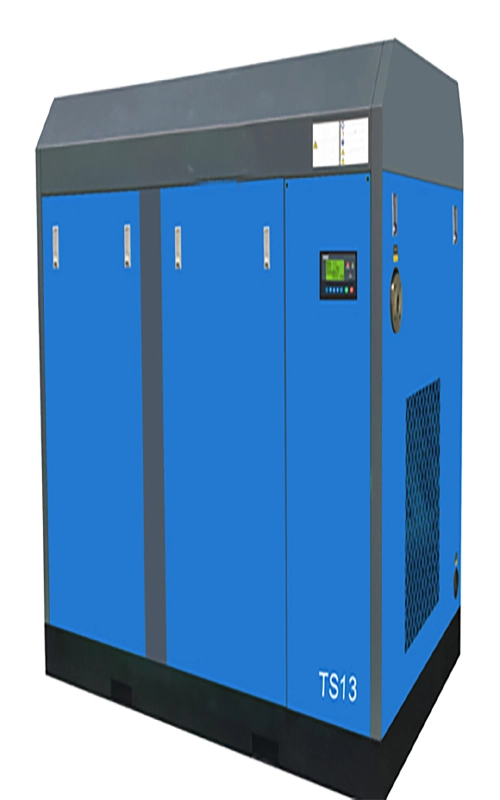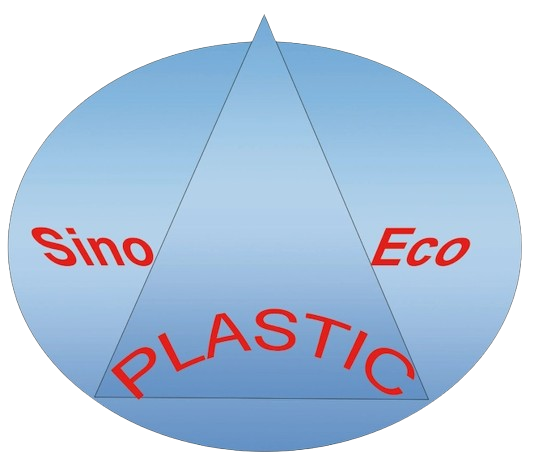Upgrading and Integrating Aging Equipment at a Member Company of SINO ECO PLASTIC
Introduction
A member company of SINO ECO PLASTIC, a notable player in the plastic products manufacturing sector, has recently undergone a significant transformation. With over 20 years of experience in the industry, this company has grown from a small-scale operation with a single-screw blown film machine to managing more than 60 blown film lines and over 30 bag-making machines. As one of the larger manufacturers in its region, the company faced the challenge of managing an extensive and diverse range of aging equipment. This variety in machinery led to operational inefficiencies and difficulties in factory management. To address these issues and optimize performance, the company embarked on a comprehensive project to upgrade and integrate its equipment.
The Challenge
By 2022, the company faced several critical issues related to its aging machinery:
- High Failure Rates: Older machines exhibited frequent breakdowns, leading to unreliable performance and operational disruptions.
- Inconsistent Automation Levels: The disparity in automation across different machines made it challenging to streamline production processes and manage the factory efficiently.
- Complex Management: The varied nature of the equipment created difficulties in maintenance, operator training, and overall operational control.
To overcome these challenges, the company, guided by insights and support from SINO ECO PLASTIC, devised a strategic plan for upgrading and integrating their equipment.
The Solution
The solution involved a multi-faceted approach:
- Disposal of Obsolete Equipment:
- Assessment and Removal: The company conducted a thorough assessment to identify equipment with high failure rates and no viable repair options. Obsolete machines were decommissioned, dismantled, and their components repurposed as spare parts for other operational units, optimizing resource use.
- Upgrading and Automating Functional Equipment:
- Selective Automation: Machines that remained operational and repairable were upgraded with modern automation technology. This included installing advanced control systems, sensors, and automated interfaces to enhance functionality and extend the machines’ service life.
- Maintenance and Refurbishment: Alongside automation upgrades, these machines underwent extensive maintenance to resolve existing issues and align with current production standards.
- Enhancing Centralized Automation Systems:
- System Upgrades: The company focused on upgrading its centralized feeding systems, which are critical for the efficient operation of blown film lines and bag-making machines. Improvements included enhanced automation software, better control systems, and upgraded material handling capabilities.
- Integration: These upgraded systems were integrated with newly automated equipment to create a cohesive and efficient production environment.
- Investing in New Equipment:
- Market-Driven Investments: Recognizing the need to align production capabilities with current market demands, the company invested in new machinery, including three-layer co-extrusion blown film machines and fully automated drawstring bag-making machines. These additions were designed to expand product offerings and improve market positioning.
- Capacity Management: To prevent overexpansion, the company ensured that new equipment was purchased based on market needs and did not duplicate existing capacities.
Results
By 2024, the company’s comprehensive upgrade and integration project had produced significant results:
- Increased Production Capacity: The modernization efforts led to a 20% increase in production capacity while maintaining the same total energy consumption and workforce size. Enhanced equipment and automation allowed for higher efficiency and output.
- Reduced Unit Costs: Operational efficiencies and automation resulted in a 3% reduction in unit costs. This cost-saving was achieved through increased efficiency, reduced manual labor, and minimized downtime.
- Enhanced Market Competitiveness: The introduction of new machinery and advanced products improved the company’s market position. Meeting contemporary market demands with high-quality products strengthened its competitive edge.
- Positive Customer Feedback: New products, such as the fully automated drawstring bags, received favorable feedback from customers. Improved product quality and functionality enhanced customer satisfaction and solidified client relationships.
Conclusion
The upgrade and integration project undertaken by this member company of SINO ECO PLASTIC illustrates a successful approach to modernizing an extensive range of aging equipment. By systematically addressing the challenges associated with old machinery, investing in new technology, and improving automation, the company achieved substantial gains in production efficiency and cost-effectiveness. This transformation not only enhanced operational capabilities but also positioned the company more favorably in the market, allowing it to meet modern demands and deliver high-quality products. The support and guidance from SINO ECO PLASTIC played a crucial role in this successful transition, demonstrating the value of collaborative expertise in driving industry advancements.
